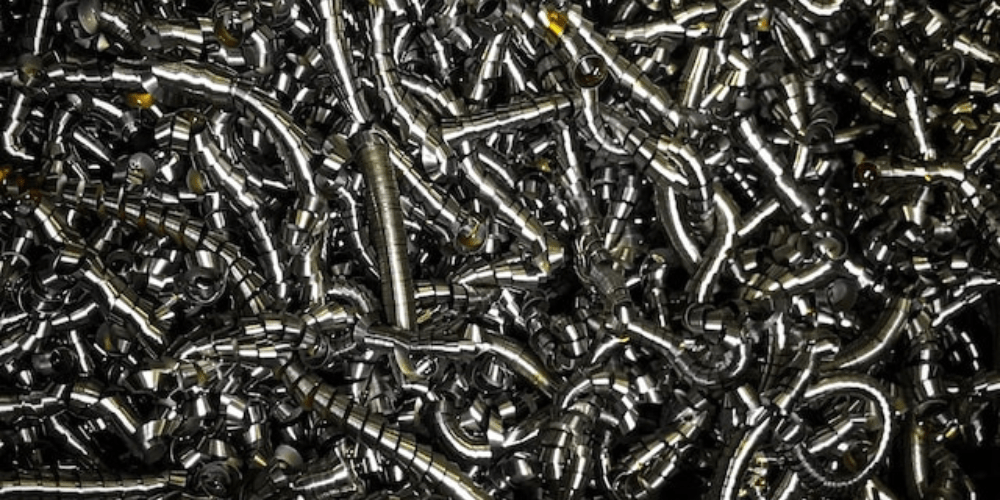Sheet metal fabrication creates metal structures, products, or parts from raw sheet metal by cutting, bending, shaping, and assembling. Sheet Metal Fabrication Services can create a wide range of products, from simple brackets to complex assemblies, in the automotive, aerospace, and construction industries.
Typically, sheet metal fabrication services use specialized equipment like shears, CNC machines, bending machines, and welding tools to transform raw sheet metal into finished products.
Steps:
Depending on the complexity of the product, the process can involve several steps, such as:
- Design and engineering: The product is first designed using CAD (Computer-Aided Design) software and then engineered to ensure it meets the required specifications.
- Material selection: The appropriate material is selected based on the product’s requirements, such as strength, durability, and resistance to corrosion.
- Cutting and shaping: The raw material is cut into the required size and shape using specialized equipment such as shears, lasers, or water jets.
- Bending and forming: The metal is bent, formed, or stamped into the required shape.
- Welding and assembly: Different parts are assembled by welding, brazing, or fastening to create the final product.
Sheet metal fabrication is commonly used in rapid prototyping to create functional parts quickly and accurately. Rapid prototyping is the process of quickly creating a physical prototype or model of a product to test its Design, functionality, and performance.
Sheet metal fabrication services can effectively create prototypes, particularly for products that require metal components. Using Computer-Aided Design (CAD) software, a 3D product model can be created and then used to generate instructions for the fabrication process.
Benefits:
Using sheet metal fabrication in rapid prototyping allows for creating parts with precise measurements and tolerances, ensuring that the final product will meet the required specifications. It also allows for creating multiple prototype iterations to test and refine the Design before final production.
The benefits of using sheet metal fabrication for rapid prototyping include the following:
- Speed: Sheet metal fabrication can create parts quickly, allowing for faster iterations and quicker overall prototyping.
- Accuracy: Sheet metal fabrication allows for precise and accurate parts to be created, ensuring that the final product will meet the required specifications.
- Cost-effectiveness: Sheet metal fabrication can be a cost-effective way to create prototypes, particularly for smaller runs or one-off parts.
- Versatility: Sheet metal fabrication can create a wide range of parts and components, making it a versatile option for rapid prototyping.
Unique features:
Sheet metal fabrication has several unique features that make it a valuable manufacturing process for many industries. Some of these unique features include:
- High strength and durability: Sheet metal is typically made from steel, aluminum, or other high-strength materials, making it strong and durable. This makes sheet metal fabrication ideal for creating products that need to withstand high stresses, such as automotive or aerospace components.
- Versatility: Sheet metal can be shaped and formed into a wide range of complex shapes and structures, making it a versatile option for many applications. It can be cut, bent punched, or formed into different shapes, allowing for the creation of complex parts and assemblies.
- Precision: Sheet metal fabrication processes are highly precise, allowing parts and components to be produced with very tight tolerances. This precision is important in industries such as aerospace and defense, where even minor deviations can significantly impact performance.
Sheet metal fabrication services can create a wide range of products, such as enclosures, brackets, panels, chassis, and frames. They are widely used in various industries, such as automotive, aerospace, defense, electronics, and construction. Overall, sheet metal fabrication is a valuable tool for rapid prototyping, allowing for the creation of functional parts quickly and accurately and helping to ensure that the final product will meet the required specifications.
